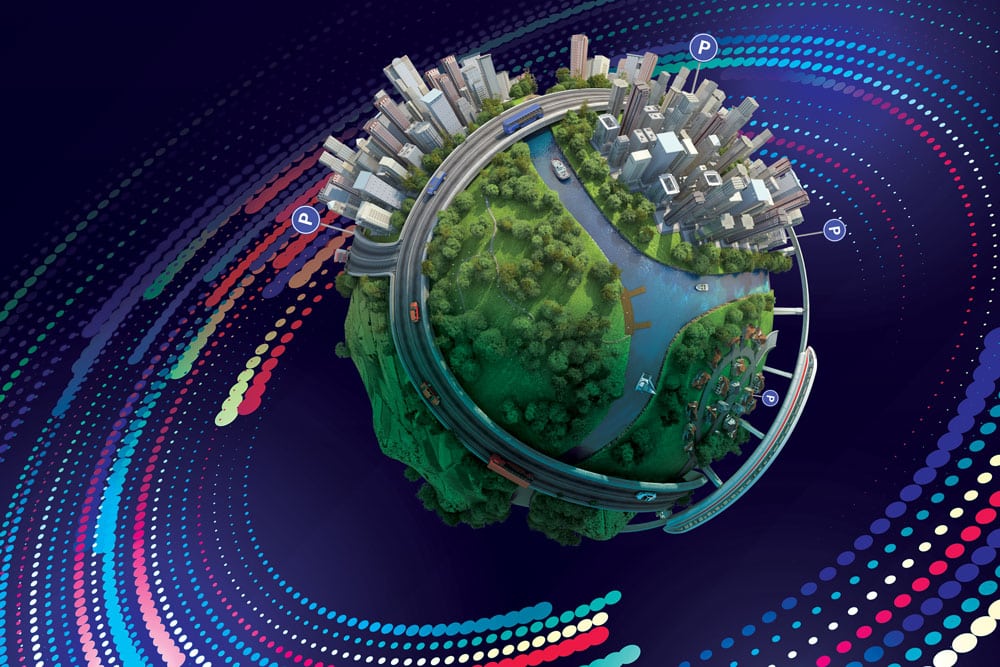Part 1: IPMI’s Mobility Framework | Part 2: Mobility Framework Case Studies and Applications
IPMI’s Mobility Framework
IPMI’s Mobility Framework was developed by the IPMI Mobility Task Force, with expertise from our volunteers across our community, committees, subject matter experts, and volunteers. As our industry evolves, we anticipate that this Framework will also change and adapt to both innovations and disruptions in our industry.
Mobility is the study, operation, and integration of all available transportation modes to coordinate the movement of people, goods, and services.
- Mobility in this context incorporates transportation and related infrastructure, technology and software, and programming and policies.
- Mobility is not limited to a transportation network and infrastructure; it is an essential system for our communities and a means to facilitate economic growth and development.
Mobility in the Context of the Parking and Transportation Industry
Mobility is the integration of all aspects of transportation into a seamless management system to better facilitate stakeholder access and choices across all demographics.
Mobility management systems include planning, operations, finance, programming, and technology as well as policy, governance, best practices, and strategies.
Mobility management systems incorporate on and off-street parking; private automobiles; public and private parking assets; public and private transit including rail, bus, shuttles, and fleets; active transportation including biking and walking, micro-mobility options, transportation demand management (TDM) strategies; transportation network companies; roadway networks; goods and food delivery; and commercial freight delivery and loading.
Characteristics
IPMI identifies desired characteristics of mobility ecosystems:
- Accessible (improved access to transportation and mobility for all).
- Safe.
- Reliable.
- Efficient (integrated and seamless).
- Flexible.
- Equitable.
- Sustainable.
Stakeholders
- IPMI’s members and stakeholders address mobility in ground transportation ecosystems, including, but not limited to:
- Counties, cities, municipalities, urban centers, as well as metropolitan areas.
- Academic, hospital and healthcare, and commercial campuses.
- Airports, mass transit, ports, freight centers and other large transportation hubs.
- Entertainment and destination venues, including convention centers and sports arenas as well as those used for special events.
- Locations that can be framed in both a geographic and transportation context.
Activity Flows in Mobility
Mobility ecosystems have activity in three flows:
- Physical Flow: the actual movement of goods, people, services.
- Data Flow: the sharing of data between entities to plan and coordinate physical activity and process transactions.
- Financial Flow: the distribution of funds through various entities from the user of services to the provider of services and owner of facilities.
When developing policy and procedures, all three flows should be evaluated in tandem.
Outcomes
Desired outcomes from IPMI’s Mobility Framework include:
Economic development and growth, including improving the quality of life and connecting people with economic opportunity, jobs, and community, goods, and services.
Development of more seamless mobility ecosystems and programming through:
- Improved mobility options through safe, efficient, equitable, and diverse modes of transportation.
- Alignment with IPMI’s Sustainability Framework to reduce congestion, emissions, and environmental impacts to the triple bottom line of people, planet, and profit.
Improved access to transportation and mobility for all communities and demographics through:
- The study, promotion, and application of best practices to promote safety, economic vitality, community well-being, and sustainable mobility.
- The promotion of effective planning using data driven decision making and quality community engagement.
Principles/Values
IPMI promotes the following guidelines to apply the Framework to IPMI and member strategies:
- Shift from focusing on moving vehicles to moving people, goods, and service through multiple modes.
- Provide options and choices of modes for stakeholders based on community needs.
- Prioritize pedestrian and shared-use mobility, and support safety initiatives, e.g. COVID-19 responses, Complete Streets, Vision Zero and similarly aligned programs.
- Efficient and environmentally sustainable circulation of passengers, vehicles, goods, and services in traditionally high-traffic areas.
- Use of visible data and benchmarking information that coordinates to principles and values, and collaboration between stakeholders to make data-driven decisions.
- Prioritize equitable solutions to provide opportunities to economically disadvantaged or challenged populations.
- Alignment with organizations operating in the mobility space to collaborate on shared goals and objectives.
IPMI Strategies to Advance the Framework
IPMI offers tools and programs to promote strategies aligned to these principles, including but not limited to:
- Researching strategic parking, transportation, and mobility issues and defining best practices.
- Educating IPMI members and the industry at large.
- Programming to facilitate information-sharing, including live and virtual events that foster collaboration.
- Sharing content on innovative programs and pilots that demonstrate mobility solutions across a wide spectrum of communities.
- Partnering with aligned organizations on content, training, events, and education.
Member Strategies to Apply the Framework
IPMI members and the industry may apply strategies to achieve mobility systems with the desired characteristics. These strategies include, but are not limited to:
- Increased mode options to supplement single-occupant vehicle trips, including first- and last-mile options, active transportation, and micro-mobility solutions.
- Increased access to real-time transportation and parking data to allow data-based decision-making and measurable outcomes, including data-sharing, specifications, and programming to drive informed decision-making.
- Develop public relations and communications campaigns around mobility choices for all modes.
- Increased mobility options and programming for vehicles, fleets, and systems.
Partnerships that create collaboration across the public and private sectors. - Develop and implement best practices for curb lane management and mobility hubs through sharing of case studies and policy examples, including briefs and/or model legislation.
- Develop and implement curb management to include planning, mapping, monetizing, and managing curb assets to maximize the value and usage of the curb.
- Methods to benchmark and track impacts of mobility on traffic and parking demand.
- Programs to incentivize desired behaviors and shift consumer and commuter patterns.
- Funding strategies to implement TDM programs and projects.
Mobility Framework Case Studies and Applications
Forward and Wrap-Up by Nathan Berry

As we think about communities across the country and around the world, we immediately see a diversity of elements that are unique to individual communities. Diversity can be seen in the people, culture, government, industry, and even in the way people move throughout these communities. And while mobility might be an element often taken for granted by the public, parking and mobility professionals from around the world recognize the connectivity and access that mobility brings to each of these elements within communities. While each community brings its own unique aspects of mobility, the mobility professionals on IPMI’s Mobility & Innovation Task Force spent a significant amount of time studying and discussing the commonalities of mobility that can be found within each community. By creating a foundational language around mobility, we can begin to better see the impact it has not only on whole communities but also the individuals within those communities.
To begin painting a picture of mobility, and to create a framework we can all look to better serve our communities, the IPMI mobility task force pulled together a set of case studies from around the country. Pulling these case studies from universities and municipalities both large and small The IPMI Mobility & Innovation Task Force created a foundation that mobility professionals can use as a starting point to define mobility as it continues to evolve. We as a community will continue to look to all our contributions to grow as we continue to see new technologies and forms of mobility emerge, and at how each of these aspects impact the diverse set of communities we serve.
Following are just some of the great success stories coming from the mobility community within IPMI. These case studies show the diversity of applications and implications of well-planned, executed, and managed mobility initiatives.
- Clemson University Parking and Transportation Services
- Kyle Field Transportation Plan
- The City of Oakland
- Hybrid Commute Pilot Program Implementation in Birmingham
- Columbus Mobility Enterprise Program
- Creating a Superior Customer Experience with Partnerships and New Tech
Clemson University Parking and Transportation Services
Shifting the Focus from the Single-Occupant Vehicle Commute to Comprehensive Transportation Demand Management
Clemson University Parking and Transportation Services (Clemson) has an extensive transportation network extending beyond the bounds of their core campus. Clemson launched an extensive bechmarking and research project designed to evaluate all mobility options and infrastructure in and around campus to create a framework of the challenges and opportunities facing the parking and transportation operations.
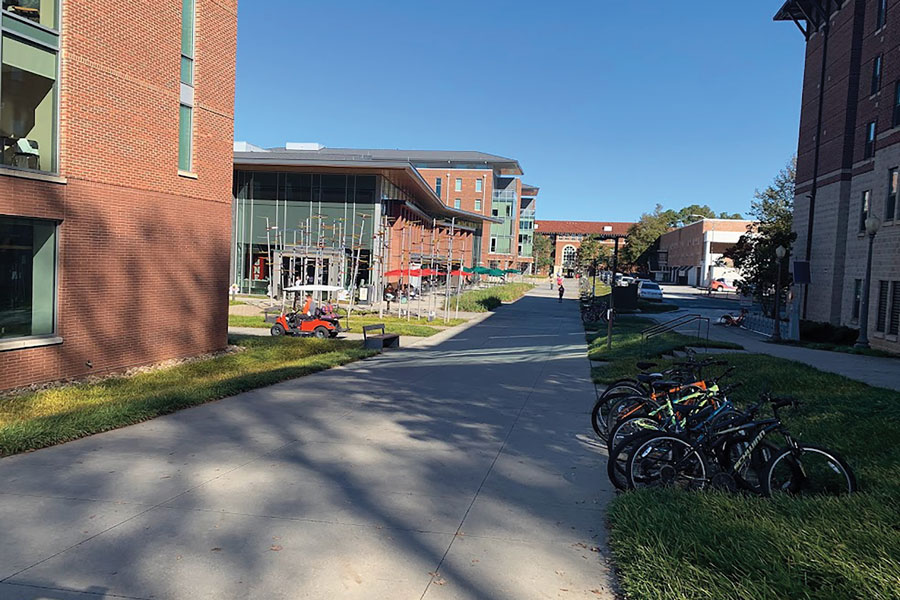
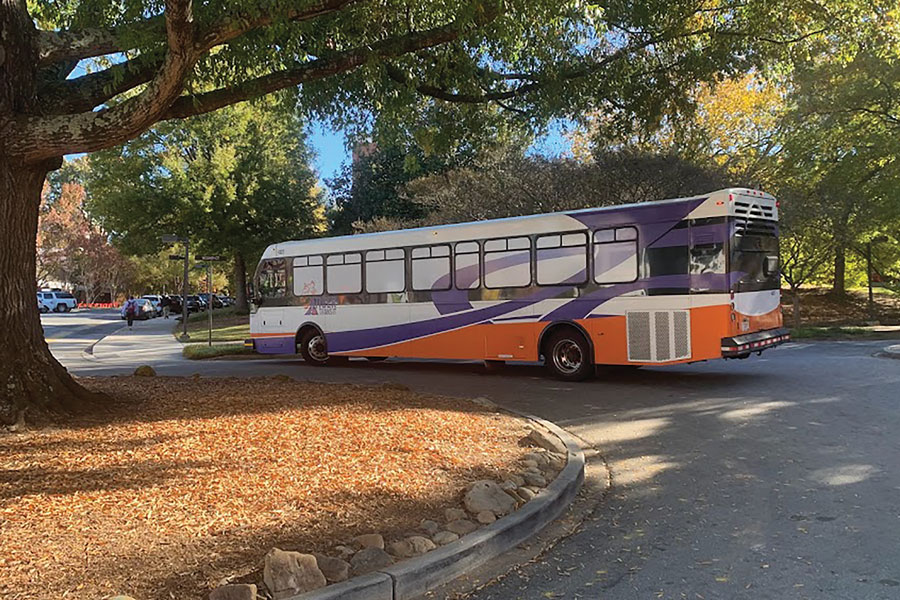
The project included:
- Benchmarking nine peer institutions.
- Engagement with a broad spectrum of stakeholders.
- Review of the organizational structure, policies, technology tools, and data tracking and reporting.
- Analyses of all transit and shuttle operations, as well as walking, biking, and rolling conditions and programs.
The analysis was complemented by a comprehensive review of financials to develop decision-making scenarios and adjust strategic approaches moving forward.
This research and bechmarking effort found the parking system to be nearing capacity. Given planned campus development and anticipated enrollment growth, system-wide parking demand is projected to exceed supply, even after the potential addition of a 1,000+ space structure. Based on this assesment, a comprehensive transportation demand management (TDM) plan and mobility strategy that could be part of the solution to manage campus access was developed. The recommended approach focuses on increasing parking permit fees and revising the pricing structure to increase the cost difference between the most and least desirable spaces. The permit strategy would be complemented by:
- Strengthening the campus shuttles and public transit routes serving campus.
- Expanding and/or starting new commuter programs and services.
- Minimizing vehicular through traffic and prioritizing walking.
- Calming streets.
- Building bike infrastructure to connect campus with adjacent neighborhoods.
- Increasing ridesharing options and incentives for those living away from campus.
The recommendations are intended to create a comprehensive mobility ecosystem in which parking and TDM strategies work in concert to change travel behaviors and reduce demand for parking, while increasing access and transportation equity. Implementation is planned immediately, extending over a ten-year planning horizon—with continuous improvement throughout and beyond.
In general, the approach aims at developing a comprehensive mobility plan to integrate all possible transportation modes, incorporating physical improvements to streets and facilities, programming and policies, and technological tools to track performance and achieve desired outcomes.
The plan includes filling the vacant TDM manager to continue to enhance the TDM function and integrate all transportation and mobility options into a seamless management system to better facilitate stakeholder access and choices across all demographics. This implementation plan includes investments in campus shuttles and public transit operations, and active transportation modes to connect the campus that include direct walking routes from surrounding parking facilities to the core of campus, and protected bike facilities and routes that connect with adjacent residential areas, in addition to inclusion of micro-mobility options, and curb management of passenger pick-up and drop-off locations.

dlieb@walkerconsultants.com
The primary goal of the program is to increase access and mobility options, by shifting the focus away from single-occupant vehicle commuting. These shifts allow flexibility by providing options and incentives for people to travel via multiple modes; prioritizing pedestrian, bicycle, and shared-use mobility, through complete streets improvements of street facilities and a Vision Zero approach to safety. The plan seeks to provide safe, reliable, efficient, flexible, equitable, and sustainable transportation solutions—while still accommodating those that need (or want) to drive alone and park.
Pressing needs to accommodate a growing campus population indicate that Clemson will have to build its first parking structure. However, the University now plans to undertake a feasibility study that examines a potential site and structure that functions as a Mobility Hub for campus—providing parking as well as first- and last-mile solutions including a transit center, bike- and carshare facilities, micromobility, and more. This work is ongoing.
Kyle Field Transportation Plan
Intentional Representation by a Large University Located in “Small’ish” Town
Bryan-College Station is home to Texas A&M University, the largest university in the state and one of the three largest on-campus enrollments nationally. With over 65,000 students and more than 13,000 faculty and staff this community is the fourth largest Texas downtown Monday through Friday—and for seven football Saturdays. While the entities within the communities always worked together during major events, the 2013 Texas A&M vs. Alabama game brought a new challenge. Both teams were undefeated, ranked in the top five and it was the first time the two played in a Southeastern Conference game in College Station. With over 88,000 fans in the stadium and 25,000 tailgaters around the stadium (more than twice any previous game) the traffic plan was going to be stressed. Congestion lasted for up to four hours after the game—it was clear that something different needed to happen. This was especially important as Texas A&M was embarking on a half-billion-dollar reconstruction of Kyle Field, without any money being invested to add capacity to the city streets. This record-breaking change meant that communities within Bryan-College Station and Texas A&M needed to be creative in how to handle the 25% seating increase and larger tailgate crowds. The goals of the Kyle Field Transportation Plan (The Plan) included no increase in traffic congestion or transportation problems over previous seasons, and to enhance the overall gameday experience.
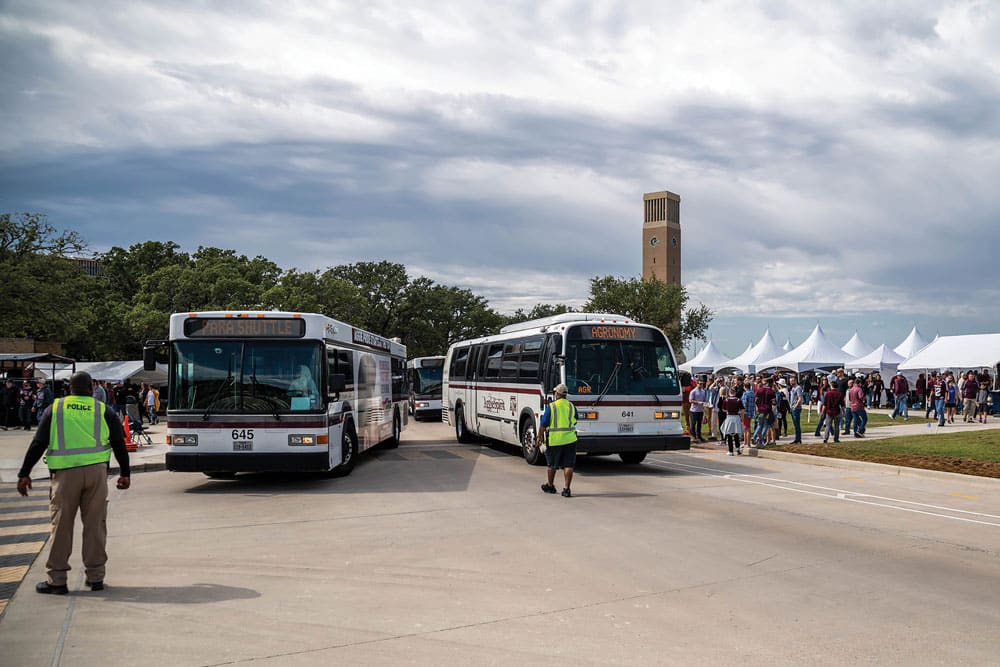
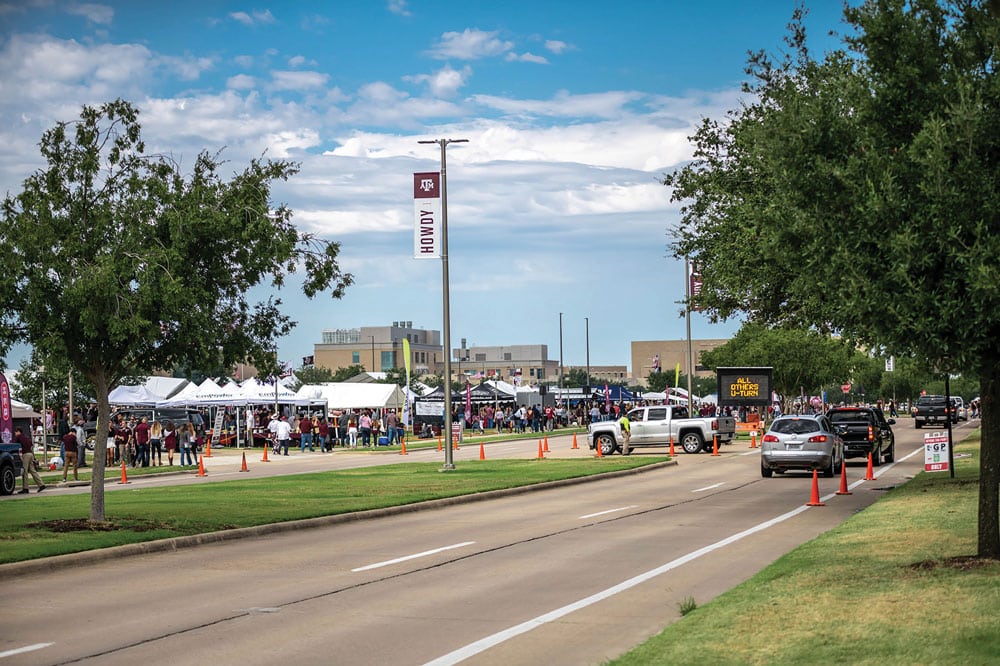
To achieve these goals, engagement began in the winter of 2013/2014 with safety and law enforcement agencies, visitor bureau and business associations, local city transportation officials, athletics, alumni groups, marketing and communications groups, student affairs, and student groups. The partners were critical to the plan’s success, as they helped traffic planners understand the issues and crafted targeted solutions meeting the challenges of their stakeholders. Having these constituents be part of implementation was vital as community members are more likely to hear from the leaders of their own groups than what an “expert” has to say. More importantly, with community members being part of the creation of the plan and the decision-making process, they were invested in the success of the plan.
Mobility is more than just the movement of vehicles; it integrates various transportation modes to coordinate the movement of people, goods, and services. The Plan met this challenge by improving access to and operation of transit, parking, rideshare, bicycle, and walking options. The Plan focused on creating safer pedestrian paths, separating routes for cars, pedestrians, and buses, and improving signalization and communication between transportation agencies and law enforcement to quickly respond to issues as they arise.
Even more critical for gameday and every day was the increased fan, agency, and community engagement. The process for developing the gameday plan relied on many groups providing input and then following through with changes to their regular operations. Agencies responded to changing conditions much more rapidly on gamedays and planned their regular operations to reduce the interference with high volume commuter flows. A smartphone app was created for gamedays which provided fans and community members information about options to get around during a game (whether they were attending the game or not). Increased engagement allowed fans and community members to make informed decisions for their unique situation. The gameday activities and focus on improving the fan experience has carried over in a wide range of community efforts in a multi-agency, multi-disciplinary and interactive collaboration since it was first created in 2014.

m-metsker-galarza@tamu.edu
The Plan—and the engaged development process—has continued to evolve and meet its many challenges. The plan has provided a foundation to meet the operational challenges that come with Texas A&M hosting more than 200 special events every year, executing construction projects, and transportation planning within the community. The adaptable plan even gave us the ability to handle the uncertainty that COVID has brought during the past two seasons. Whether the plan was faced with increased or decreased crowds, a foundation built on relationships and intentional representation allows us to respond. As Texas A&M and the Bryan-College Station community experience rapid growth, the foundation laid by The Plan continues to support a wide range of community efforts even after almost 10 years of existence. It remains relevant as it reflects the people within the community because it was created with the people and not to the people. Intentional representation remains key. The plan has created clear expectations and a way of doing business that has kept it effective through campus and community leadership changes. Intentional representation has not only helped achieve the goals of The Plan, but also cultivated the relationship between Texas A&M and the Bryan-College Station community as they respond to the challenges of growth.
The City of Oakland
Multi-Modal Mobility Management Systems for Carsharing, Micromobility, and Delivery
The City of Oakland has a wealth of multimodal transportation options from public transit to shared mobility fleets. The Oakland Department of Transportation Parking and Mobility Division oversees the management of shared mobility programs that permit shared e-scooters, mopeds, and carsharing vehicles to operate in the public right-of-way. The City partnered with a digital technology platform to support their shared e-scooter program to provide a comprehensive solution that could evolve as quickly as shared mobility.
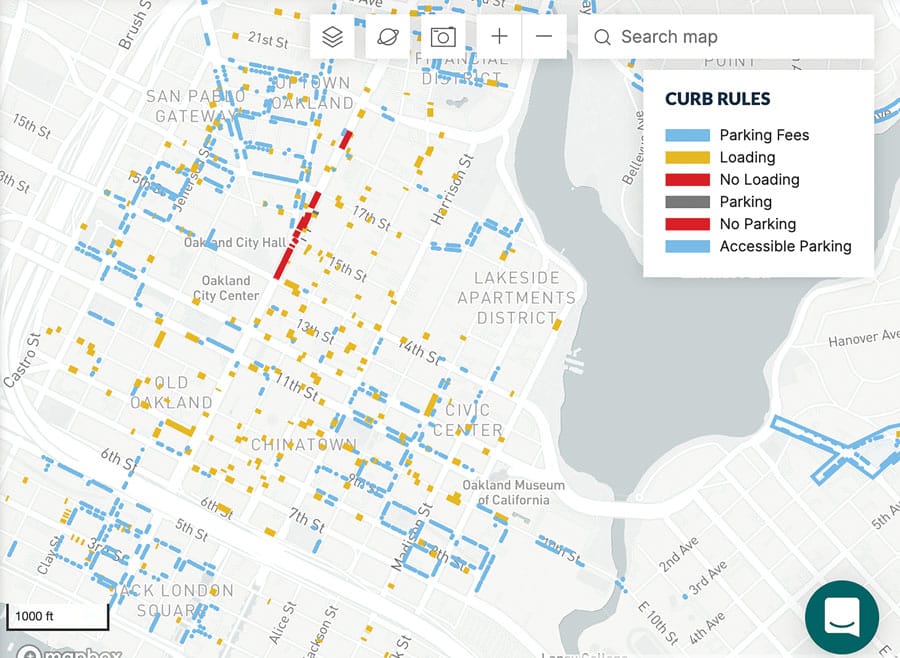
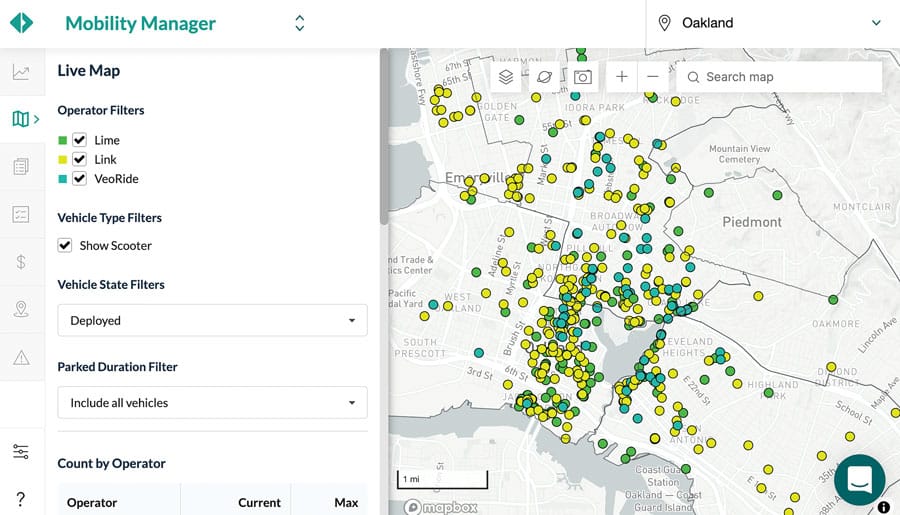
From E-Scooters to Carsharing
In Oakland, carsharing operator GIG Car Share proactively delivers third-party validated reports of their parking activity to pay the appropriate rates per city policy. In exchange for paying for parking through a secure third-party, the City’s parking enforcement officers are instructed to exempt GIG Car Share vehicles from parking tickets.
Staying Ahead of the Curve
Since 2018, the data platform has supported the City’s digital oversight and the mobility management needs of their shared e-scooter program by securely receiving data from shared fleets, allowing the DOT to make informed decisions about where to place new “micromobility” lanes and parking. Going forward, the City aspires to leverage smart GPS-enabled parking enforcement for all commercial fleets — from Uber and Lyft to commercial delivery. Expanding the current technology that the City utilizes to validate curbside parking policies for carsharing fleets, next steps include developing digital solutions that can empower the city to manage everything from e-scooters to autonomous vehicles.
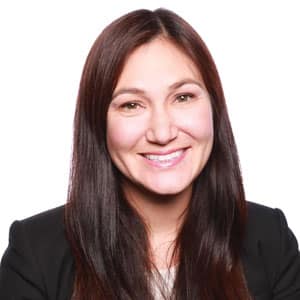
regina@populus.ai
This project illustrates how a city leveraged innovative, data-driven solutions to digitally manage a multi-modal transportation ecosystem, including shared e-scooters, carsharing, and now delivery services, over the following timeline:
- 2018–2019: Delivery of a platform to support dynamic management of micromobility vehicles including shared electric scooters and bikeshare.
- 2019–2020: Integration of shared mopeds and carsharing vehicles.
- 2020–2021: Curbside parking validation for carsharing vehicles.
- 2022: Expansion of smart GPS-enabled mobility management to commercial delivery.
The city was able to leverage technology to help prioritize the needs of the community, including managing citizens engagement with shared mobility programs, requirements for equitable distribution of vehicles, and sustainability priorities.
Hybrid Commute Pilot Program Implementation in Birmingham
The Birmingham Parking Authority recently implemented a hybrid parking permit pilot that was intended to support Downtown Birmingham businesses while reducing the frequency of daily commuting.
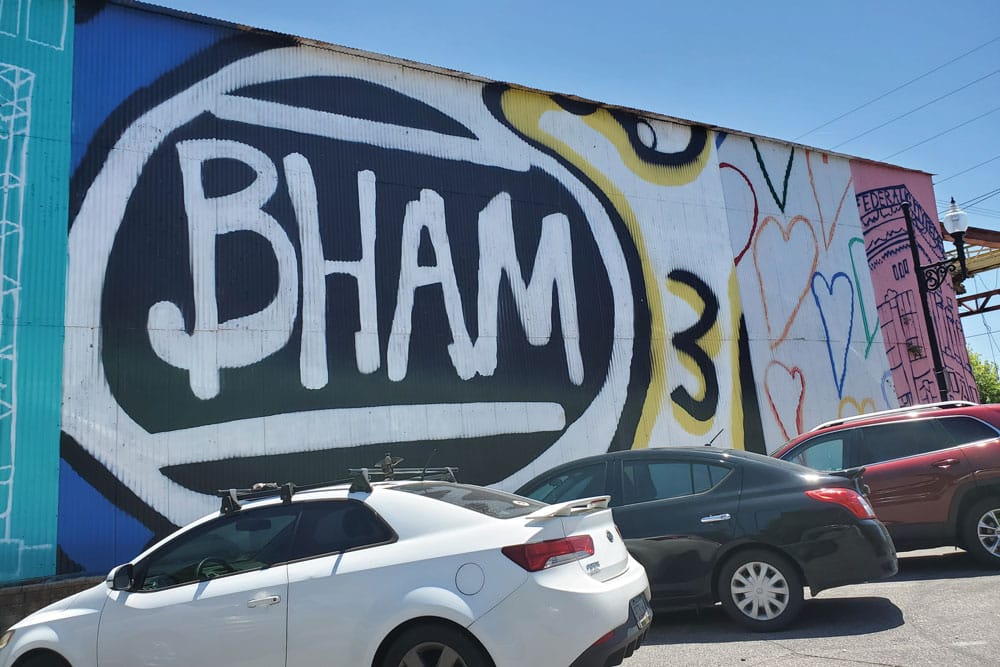
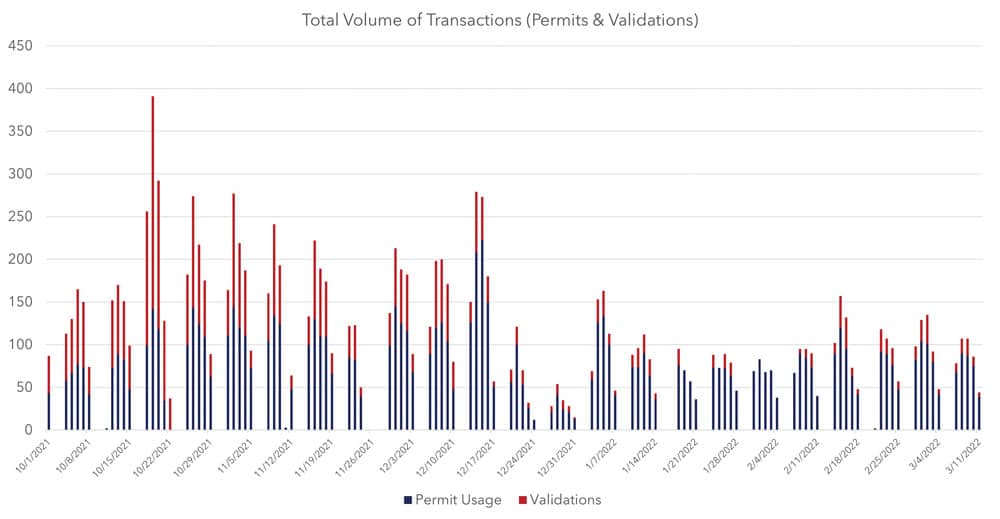

brett@woodsolutionsgroup.com
By providing flexible options for our customers, we are able to help them shift daily commute demands and reduce daily vehicle miles traveled through the use of a combination of telework and in office work. The program uses a soft pool option for corporations that defines thresholds and maximums for the number of employees who can park on a single day, helping to reduce the daily use of parking through financial disincentives and price escalations.
The program was implemented in conjunction with the recent return to work, with the goal of providing support to businesses while also attempting to influence future travel patterns and balance commuting demands. The pilot launched in October 2021 and was finalized in March 2022. Full roll-out of the program will be complete this spring, featuring a variety of programming incentivize desired behaviors and shift consumer and commuter patterns.
The program has been received extremely well by the business community and will help to reshape how people interact with the Downtown community.
Columbus Mobility Enterprise Program
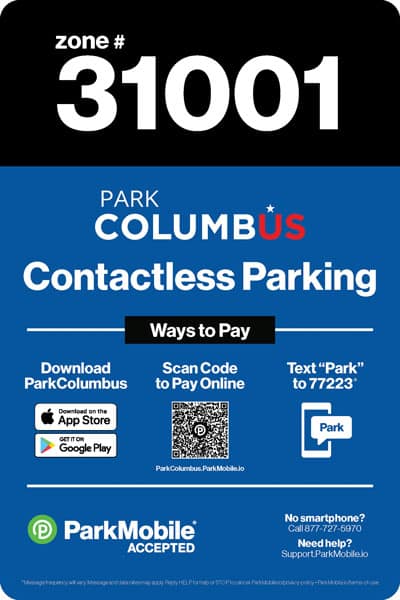
The City of Columbus (the City) takes a holistic approach to parking and transportation demand management. Through the creation of a Mobility Enterprise Program, the City has ambitious goals to improve access and mobility options for all citizens while promoting economic vitality and supporting climate action plan initiatives. In 2018, the City’s Department of Public Service consolidated all aspects of on-street parking management under a new Division of Parking Services.
During this time, new city code and rules and regulations were developed and approved to modernize the City’s parking system. Programs such as mobile pay, license plate recognition enforcement, virtual permitting, demand-based pricing, and parking benefit districts were implemented. In 2019, a Strategic Parking Plan (SPP) was approved providing policy guidance and a framework to further enhance and modernize the City’s parking system. In 2020 and 2021, two key recommendations of the SPP were implemented in the University District and East Franklinton Parking Plans.
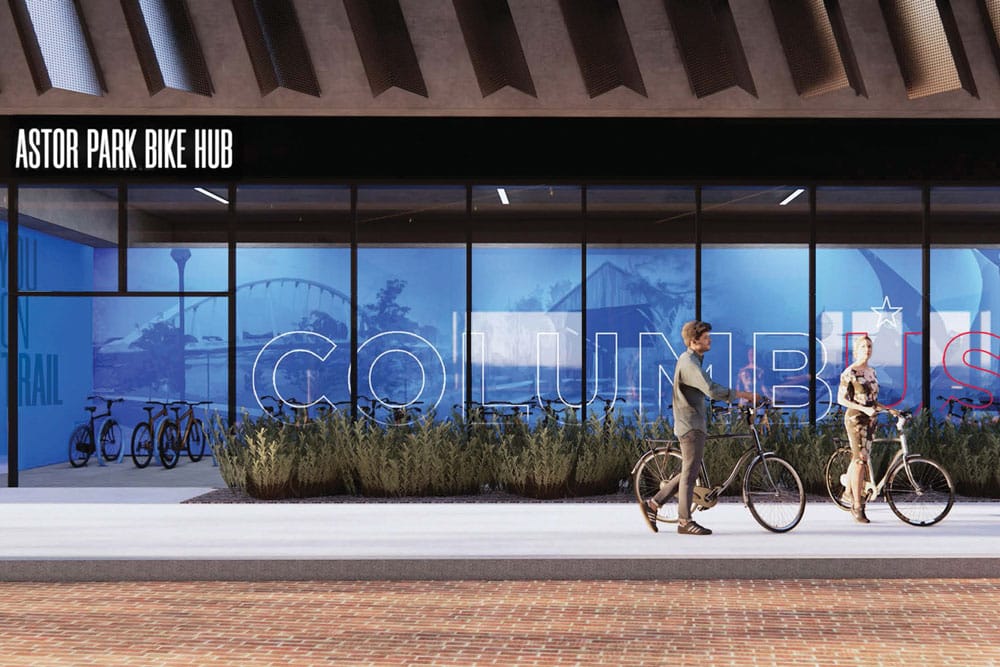
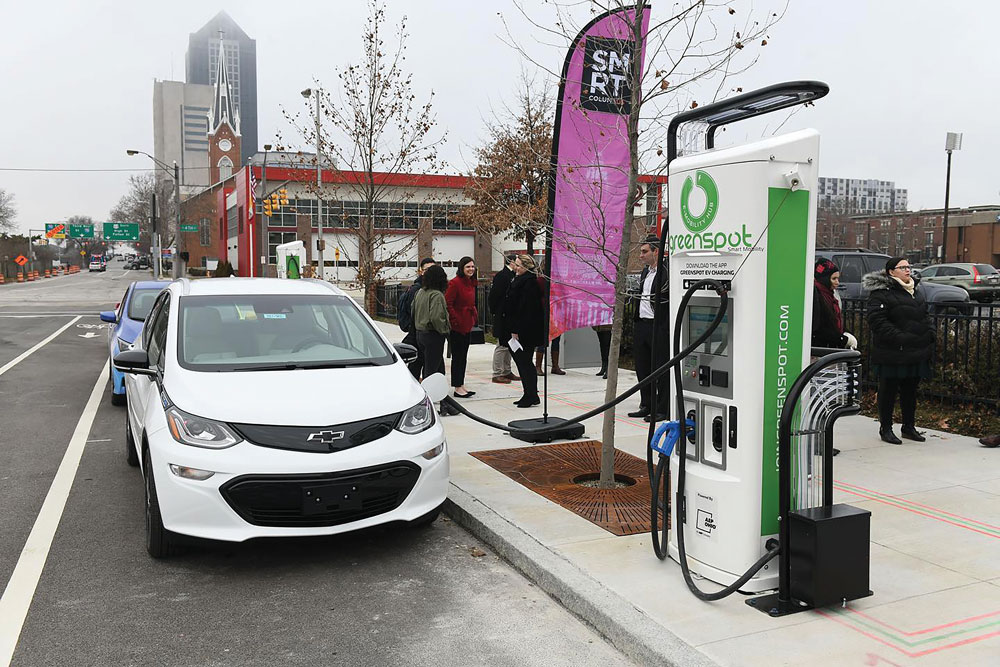
This included the creation of new parking zoning requirements, the introduction of managed and paid parking, and a complete overhaul of parking permit programs. The culmination of this comprehensive approach to parking and transportation demand management took place in 2022 with the creation of the Mobility Enterprise Program. This program provides the financial and organizational foundation to accelerate access and mobility options for Columbus citizens. The Enterprise Program includes both on and off-street parking management and consolidates first and last mile transportation solutions under one program. These first and last mile solutions include shared mobility devices and car-share operations. Electric vehicle charging stations have and will be deployed at highly visible on-street locations and new and existing off-street City parking facilities.

rsferrin@columbus.gov
As the nation’s 14th largest city, Columbus continues to experience tremendous growth and is poised for success with the creation of a Mobility Enterprise Program.
The project launched in 2018 and continues through 2022. Future phases include the construction of two new parking facilities to increase the City’s garage portfolio to five facilities. The Mobility Enterprise Program will allow the City to support ongoing efforts to implement high-capacity transit service along five key corridors in the Columbus region and increase access to station areas and redevelopment opportunities.
The creation of the Division of Parking Services and the Mobility Enterprise Program applies the Mobility Framework in many ways. To start, it takes a broad view of parking and transportation demand management. Program goals include increasing access and mobility options for all citizens, whether they own a car or not. The program aims to ensure success for citizens as vehicles are electrified and as the City makes investments in transit service. Utilizing revenues from the parking program to reinvest in new technology and first and last mile solutions will benefit the entire region and improve quality of life.
Creating a Superior Customer Experience with Partnerships and New Tech
Founded in Philadelphia in 1930, Parkway Corporation and their team is deeply ingrained in the communities where they live, work, and operate hubs within the mobility ecosystem. Supporting the city and its people is deeply important to the organization. Senior Vice President and Chief Marketing and Information Officer for Parkway Corporation RJ Juliano puts it this way: “We live in these communities. We want to see our people succeed. We want to see the neighborhood succeed. What motivates us is to do something better tomorrow than we did it today.”
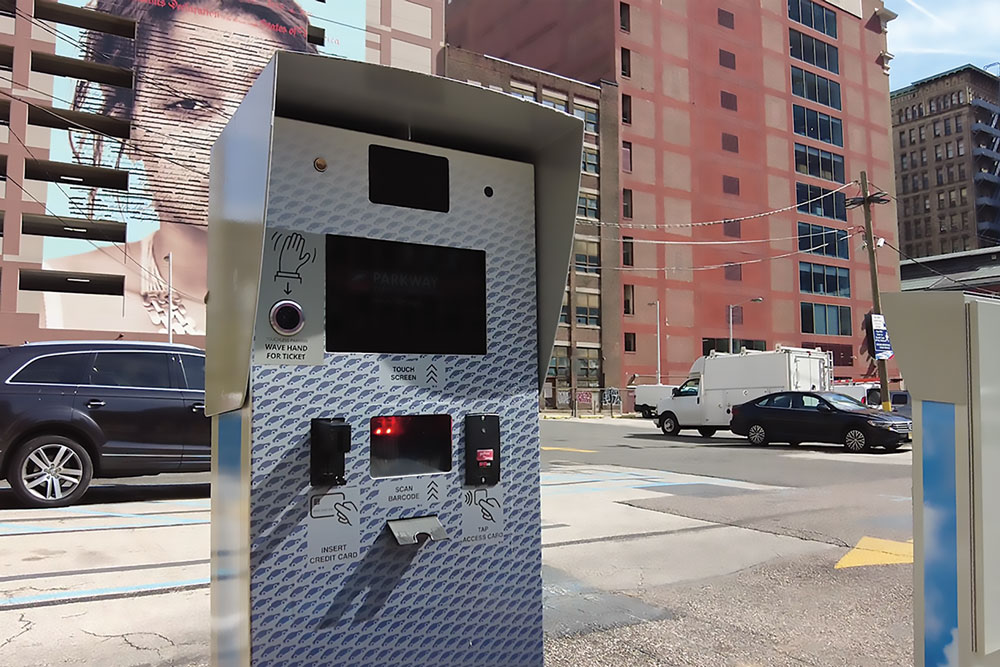
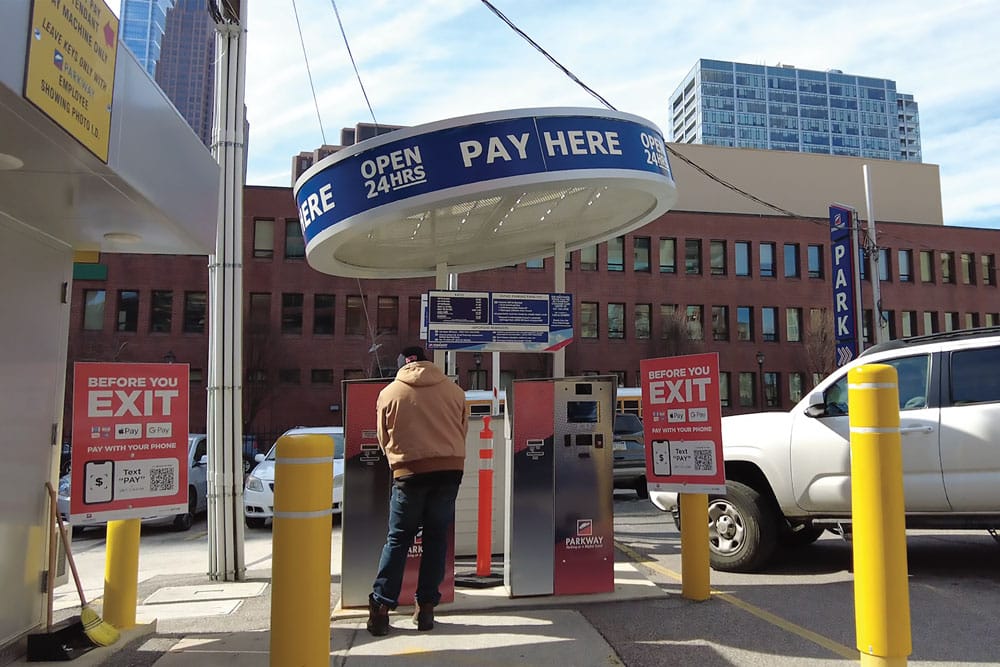
With a footprint of over 70 locations across the country, Parkway aims to lead the industry into the new frontier of mobility. Creating a superior customer experience today and preparing for the demands of tomorrow’s mobility ecosystem are the top priorities. Partnerships are essential to drive the organization towards these goals, and those partnerships help reach those goals each day and lay the foundation for future success.
Utilizing the cloud-born FLASH platform, Parkway is creating a more efficient and flexible mobility experience for users today while working towards a more sustainable future. A top priority is providing extensive access to reliable EV charging solutions.
In February of 2019, the organization teamed up to launch the cloud-based mobility hub operating system. This step formed the digital foundation for digital payments, mobile reservations, and frictionless access via AI vision technology. Each of these technologies will be critical to supporting future technologies like EV charging.
Parkway has deployed EV charging at locations across its portfolio. Looking towards 2040, with more than 323 million EVs projected to be on the road, expanding this charging network is a critical next step.
It’s not quite as simple as installing chargers at individual locations. The foundation for quality charging requires far more. Quality means that charging is discoverable and reservable via mobile apps that provide transparent pricing, accessible with Bluetooth or AI-aided LPR, functional with reliable charging technology, and seamlessly integrated in the parking experience.
Digital payment solutions, beta testing AI vision technologies, and other progressive programs are solidifying and growing a loyal customer base. In the wake of the pandemic, changes in behavior have affected the parking business from all directions. Shifting labor dynamics strained locations that relied on larger in-person staffing, but with automated access, revenue control, reservations, even monthly billing, the organization has been able to avoid the labor crunch and instead redirect its employees to more critical internal functions.

jeff.johnson@flashparking.com
“The higher value work is in relating to customers,” Juliano explains. From a job satisfaction and retention point of view, Juliano feels that the way to win in the new labor market is to give people work that they find satisfying, fulfilling, and not repetitive.
On the other side, “We’ve seen driving habits change over the last couple of years,” RJ explains. But despite the disruption in historical parking patterns throughout the pandemic, parking is back and better than ever—if you have the right tools to harness the market. “15-20% of our activity is digital and rising. We have some locations that are nearly 100% digital,” Juliano reports.
From powerful data analytics to inform strategy to the day-to-day operations that have become automated, expanding this powerful partnership gives Parkway the tools to thrive in the data-centric market – and enhance the customer service experience. As Juliano says, “We’ve been a data driven company long before it was fashionable or common, and one of the things we looked at from day one is–how do we get the information we need to continue to have the system learn and improve, and have our people learn and improve with it?”
Taken together, these case studies paint a picture of how mobility deeply impacts our communities in different ways. The tension between technology, access, and governance helps us better see the outcomes that mobility creates. Our parking and mobility industry has long been known for collaboration and learning. On behalf of all the volunteer professionals who serve on the IPMI Mobility & Innovation Task Force, it is our hope that as continue to evaluate successes like those profiled here, we can better serve our communities and create opportunities for all people. Please do not hesitate to share your success stories and your pain points with other mobility leaders so we can all keep learning and growing!

